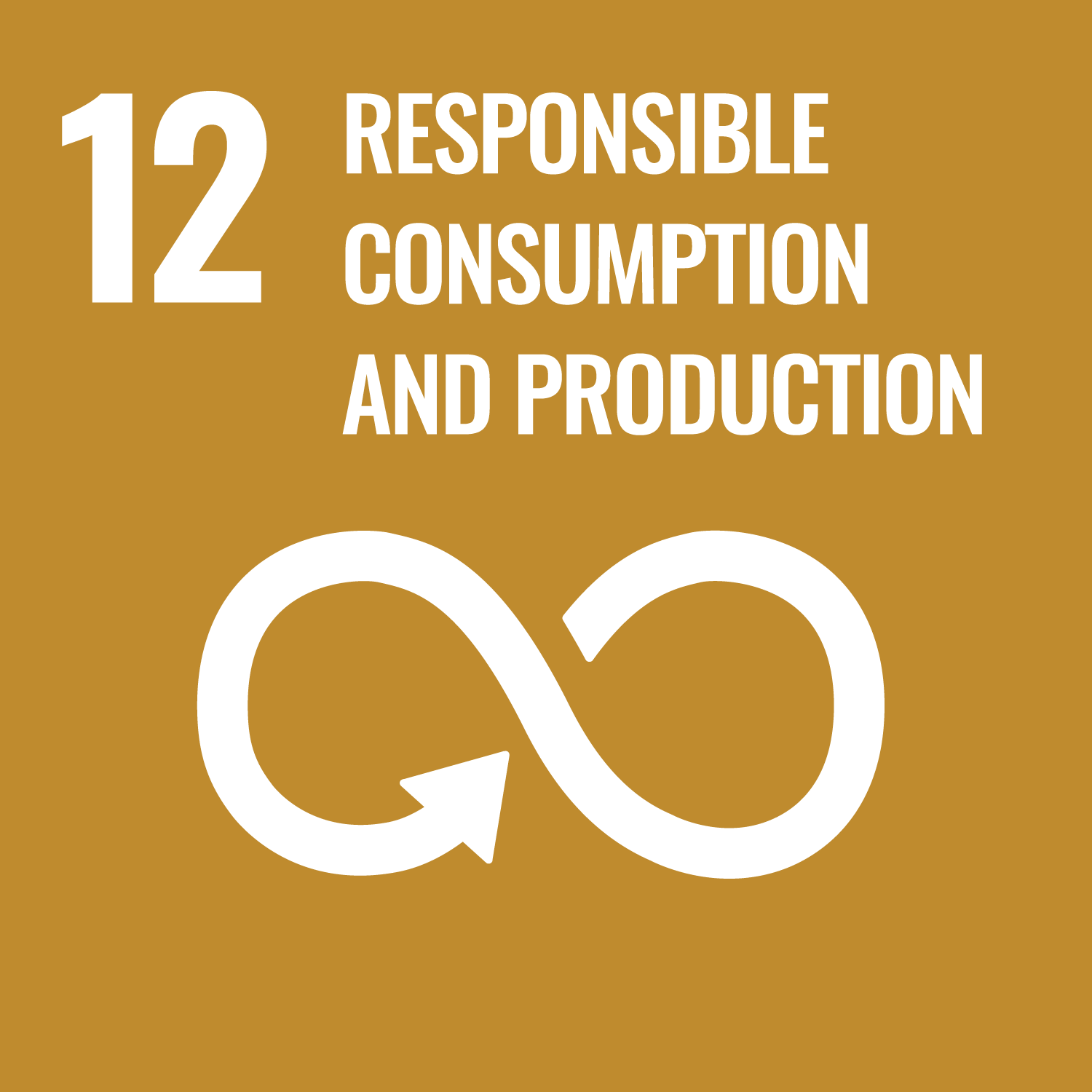ORCID
- S Goodhew: 0000-0003-1227-217X
Abstract
This paper emphasizes the experimental and numerical study of new cob mixes used for insulation and load bearing wall elements. The experimental study provides complete datasets of thermal properties of the new walling materials, using cob with density ranging from 1107 kg/m3 to 1583 kg/m3 for structural walls and less than 700 kg m−3 for insulation walls. Various mixes of French soils and fibres (reed, wheat straw, hemp shiv, hemp straw, and flax straw) with different water contents are studied. The lowest average thermal conductivity is obtained for the structural cob mix prepared of 5% wheat straw and 31% of water content. The insulation mix, prepared with 25% reed and 31% water content, has the lowest thermal conductivity. Investigation of diffusivity, density, and heat capacity shows that, when thermal conductivity is lower than 0.4 W m−1 K−1, the decrease in cob density leads to better insulation values and higher heat capacity. Little variation is noticed regarding the density and heat capacity for cob mixes with thermal conductivity higher than 0.4 W m−1 K−1. Furthermore, the non-uniformity of local thermal conductivity and heat losses through the samples is due mainly to the non-uniform distribution of fibres inside the mixes inducing an increase in heat loss up to 50% for structural walls and 25% for insulation walls. Cob thermal properties are used in a comparative simulation case study of a typical house under French and UK climatic conditions. The energy performance of the conventional building is compared to a dual walled cob building, showing remarkable reduction in energy consumption as the cob walls, whilst maintaining comfortable indoor conditions without additional heating.
DOI Link
Publication Date
2021-11-16
Publication Title
Energies
Volume
14
Issue
22
ISSN
1996-1073
Acceptance Date
2021-11-05
Deposit Date
2021-11-30
Embargo Period
2021-12-01
Recommended Citation
Zeghari, K., Gounni, A., Louahlia, H., Marion, M., Boutouil, M., Goodhew, S., & Streif, F. (2021) 'Novel Dual Walling Cob Building: Dynamic Thermal Performance', Energies, 14(22). Available at: 10.3390/en14227663


